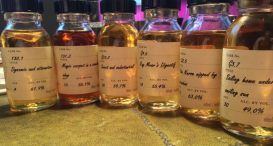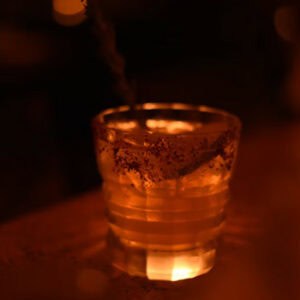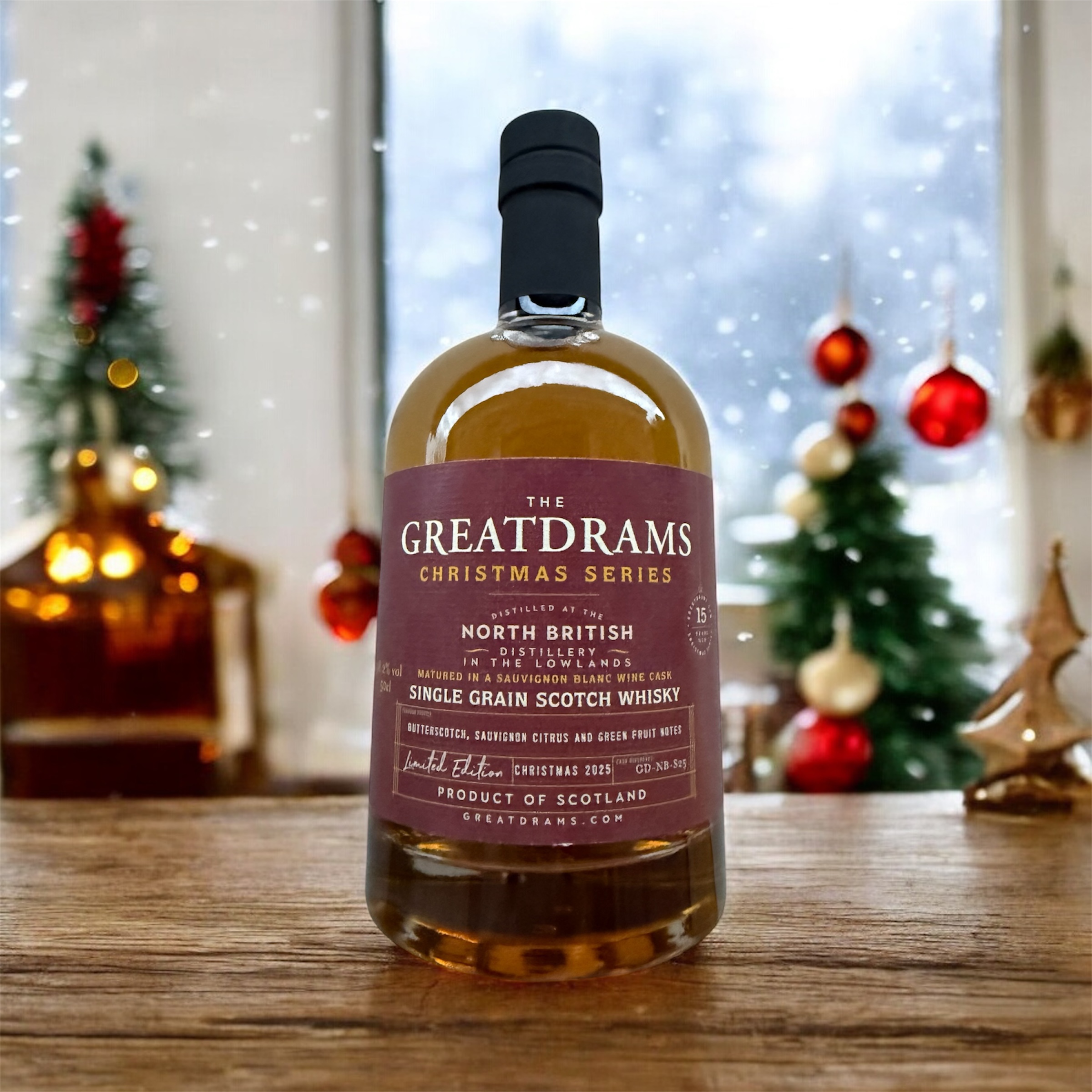Japanese Whisky vs Scotch – Important Things to Know
A year or so ago, you may remember that I wrote a blog about Rita Cowan (Taketsuru), who was also known as the ‘Mother of Japanese Whisky’. If not, take a look at it here as it really is a fascinating read. Despite this, I haven’t really covered Japanese whisky that much, so today I thought I’d put that right.
Personally, I’m a huge fan of Japanese whisky (yes, I know, I love virtually all whiskies, what can I say?) and I feel that a big part of that is down to the fact that you can see, smell, and taste the influence of Scotch on Japanese whisky. After all, it came about thanks to one man’s trip to Scotland to learn the art of whisky distillation before evolving into its own thing.
One thing that I do find frustrating in this business is a lack of understanding and knowledge when it comes to Japanese whisky and Scotch. Yes, Scotch played an important role in Japanese whisky’s heritage, and they do share some similarities. At the same time, though, the two couldn’t be more different.
So, let’s set the record straight once and for all and look at the key differences between the two, as well as the things that they have in common.
Origins
Don’t worry, I’m not going to explore the history of both types of whisky in loads of detail today, as that deserves its very own blog. What I will do, however, is break down the origins of both Scotch and Japanese whisky so you can see how different they are to one another.
Scotch whisky can be traced back centuries, as there is written evidence that suggests it goes back as far as the 1400s. A great deal of the distilleries dotted around Scotland were founded in the 1800s, with a few stretching back a century earlier (not all of them legal).
Following the 1823 Excise Act, commercial whisky production really took off. Here we saw giants of the whisky world emerge on the scene, with names like The Macallan, The Glenlivet, and Glenmorangie beginning to make a name for themselves. Blended Scotch went global and as the years passed by, Scotch began to grow and evolve. Different regions around Scotland began producing their own unique whiskies with different flavour profiles, and technology and distilling methods began to advance. The rest, as they say, is history.
In stark contrast, Japanese whisky is the new kid on the block, despite being more than a century old. Its origins can be traced back to 1918, when Masataka Taketsuru, an avid Scotch whisky fan, travelled to Scotland to learn the art of whisky distillation. He studied chemistry at the University of Glasgow and worked in multiple distilleries, including Hazelburn in Campbeltown and Longmorn in Speyside. He learned the art of whisky making and also fell in love with a local lassie named Rita Cowan, whom he would marry shortly after.
After soaking up as much info as he could and mastering whisky-making, Masataka returned to Japan in 1920. In 1923, after landing a job with Suntory, he met Shinjiro Torii. They joined forces and between them over the course of a decade, founded Japan’s first whisky distillery – Yamazaki.
They deliberately chose Hokkaido as the location of the distillery, because it had a climate very similar to Scotland’s. Masataka believed the climate, similar to that of Speyside’s was one of the secrets of a fine whisky. Shortly after, he would found Nikka in 1934. To this day, Nikka is one of the two largest names in Japanese whisky. The second is Suntory.
Obviously, I’ve missed a lot out here, but hopefully I’ve covered the basics. As you can see, the two have very different backstories.
Flavour Profiles
Another thing that really grinds my gears, is when people say that Japanese whisky tastes just like Scotch. It doesn’t. It has its very own, fully unique flavour profile just like Scotch.
While in Scotland, Masataka spent much of his time in the Highlands, specifically Speyside. As you may know, Speyside malts are renowned for being fruitier, smoother, creamier, sweeter, and very slightly floral. This is clearly where Japanese whisky draws its inspiration from, though there’s a lot of influence from The Lowlands as well.
If I had to use two words to describe Japanese whisky in general, I’d say that it is ‘gentle’ and ‘fruity’. If you asked me for a third, I’d add in ‘floral’. Don’t get me wrong, you can still get stronger, smokier, peatier drams in Japan, it’s just that they’re rarer.
Interestingly, until the 1960s, all blended Japanese whiskies were produced using a neutral spirit known as ‘blending alcohol’. The spirit was largely neutral and flavourless because it wasn’t aged in wooden casks, so didn’t take on any woody, oaky notes, or notes from the liquid previously held within. In 1964, Taketsuru shipped over a Coffey still from Scotland, ushering in the age of the grain whisky in Japan.
In Scotland, different whisky regions produce whisky with different flavour profiles. Speyside drams, as I keep mentioning, are sweeter, fruity, creamy, and smooth. On Islay, drams like Ardbeg and Lagavulin are typically smoky, peated, oily, and medicinal. Lowland whiskies tend to be fruity, herbal, light, and floral. Scottish drams are also influenced by the water source used to produce them, along with the casks used for maturation. Most single malt Scotch whiskies will first be matured in ex-bourbon casks, before undergoing additional maturation in European oak sherry casks. Port, brandy, red wine, rum, and even beer casks may also be used.
In Japan, the production process is a little different. Here, more emphasis is placed upon the different strains of yeasts used during fermentation. Many of the distilleries even produce and engineer their very own strains of yeast. You also find that lower temperatures are used during the production, along with lower pressure distillation due to the high altitude of many of the distilleries. Some blended Japanese whiskies are also made by combining them with single malts shipped in from Scotland.
While cask type still plays a role in Japanese whisky, it’s perhaps not as prevalent in Japan as it is in the UK. Of course, that’s not to say that cask type isn’t an important factor in Japanese whisky production because it is. Take Yamazaki 12 for example. This dram is aged in a number of casks, including ex-bourbon American oak, Japanese oak, and Spanish sherry. This imparts notes of maple-glazed pecans, sticky toffee apple, honey, winter baking spices, and oaky vanilla.
For the most part, though, cask type isn’t perhaps as important in Japanese whisky as it is with Scotch. The one main exception is Mizunara oak, which I wrote about a few months back. This is a lavish and expensive breed of oak native to Japan. It is a protected species of oak and offers unique characteristics. The oak is low in tannins and imparts sweet, tropical, coconut, spicy, and vanilla flavours. The wood is also highly porous, which helps to impart more flavour much quicker. These examples are why Mizunara cask-aged drams are so expensive, so luxurious, and so tasty!
Interestingly, over here, Scotch is largely enjoyed neat whereas in Japan, it’s mainly enjoyed in a Highball or a similar long drink. I have to say, on a hot summer’s day, you’d struggle to beat a Highball made from a quality Japanese dram.
Scotch vs Japanese Whisky – Which is Better?
Come on, you didn’t really expect me to answer that, did you?
The truth of the matter is the matter is that there is no answer to this question, because it’s down to personal preference. Like art, whisky is subjective. Some enjoy oily, briny, medicinal and smoky drams whereas others enjoy sweet, creamy, rich, and fruity tipples. Some will no doubt prefer Scotch, whereas others will choose Japanese whisky as their favourite instead.
Scotch whisky is more diverse and refined because of the different whisky regions, whereas Japanese whisky is subtle, floral, and lighter. For those who enjoy stronger, punchier whiskies, Scotch probably takes the crown. For those looking for a lighter, more reserved dram, Japanese is what you want.
Want my advice? Try both, and you can make up your own mind.
If you’d like to learn more about your favourite whiskies, or simply treat yourself to a dram or two in the process, head on over to GreatDrams.com and take a look at the diverse selection of unique whiskies we currently have in stock.
With an impressive selection of limited-edition, rare, and award-winning whisky, as well as heaps of whisky info on our blog, it’s the perfect spot for any whisky lovers out there.














